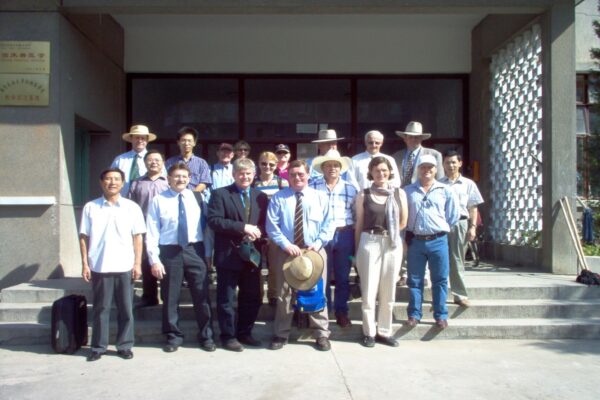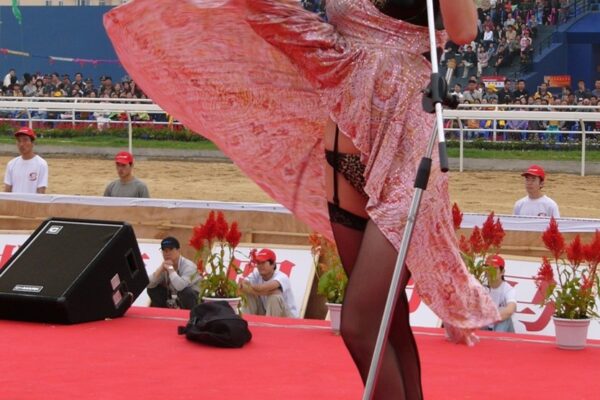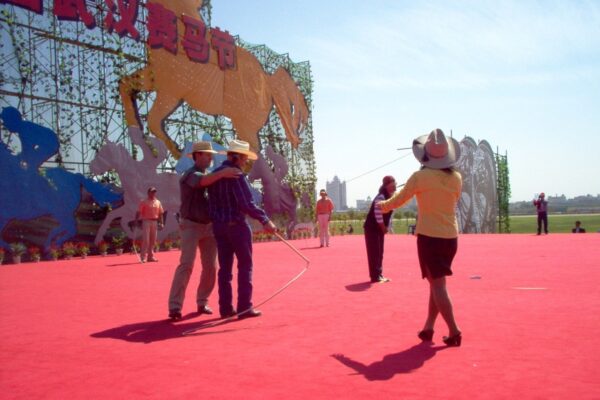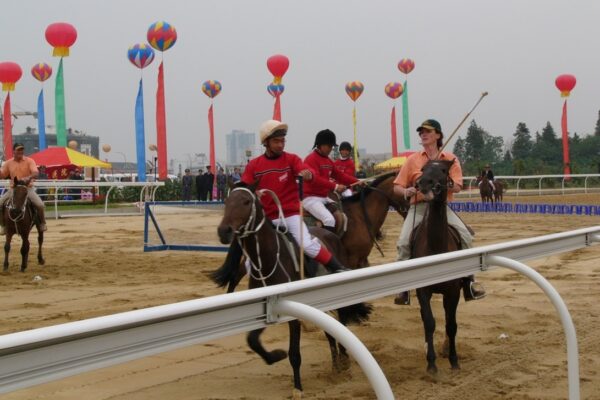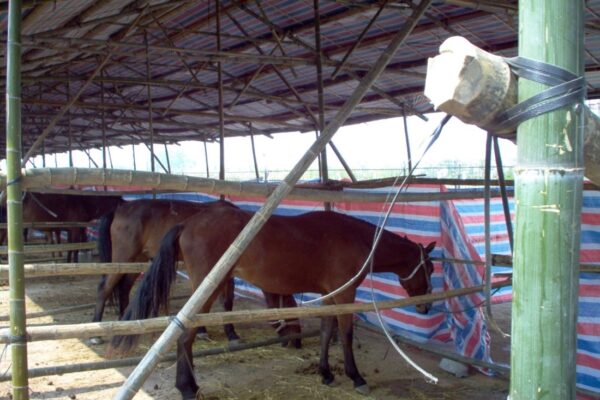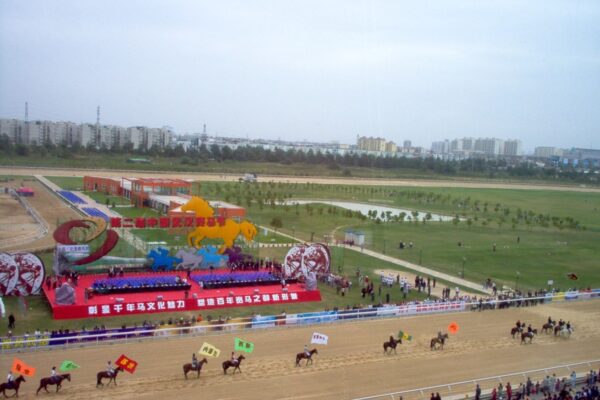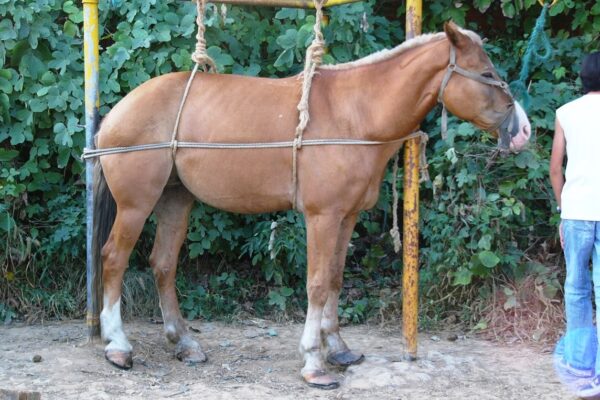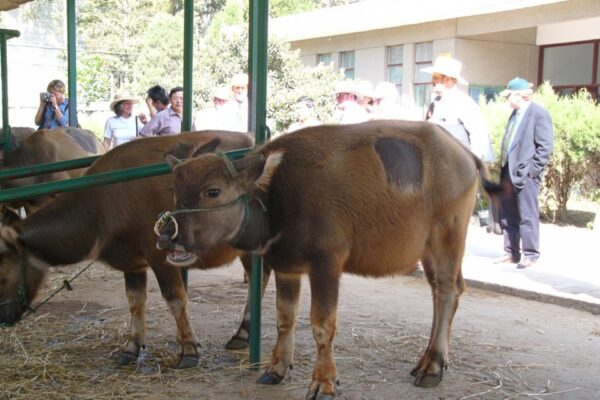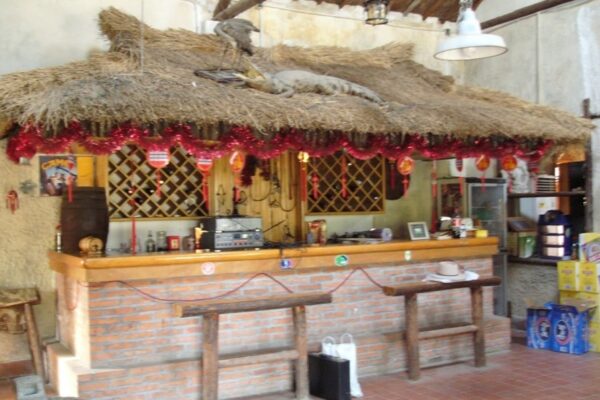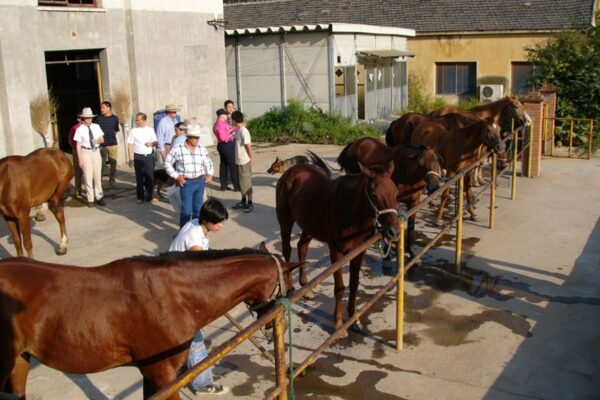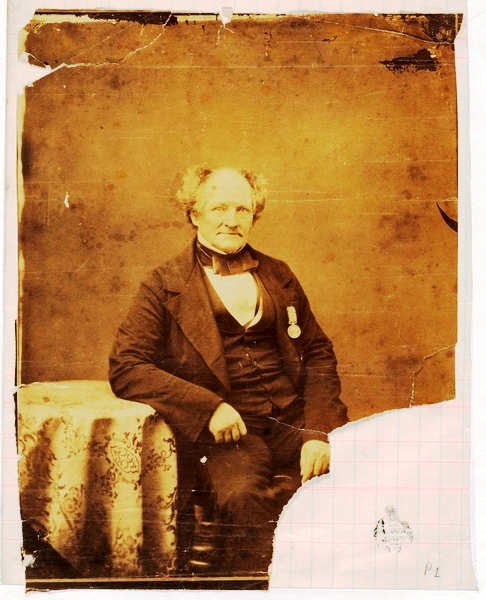Featured Image: William Dumaresq (Original)
I duly acknowledge the script from the Australian Dictionary of Biography composed by Nancy Gray from Scone.
Dumaresq, William John (1793–1868)
http://adb.anu.edu.au/biography/dumaresq-william-john-2239
By Nancy Gray (Formed the Scone & Upper Hunter Historical Society)
This is a shared entry with Henry Dumaresq
Henry Dumaresq (1792-1838), and William John Dumaresq (1793-1868), were sons of Colonel John Dumaresq of Bushel Hall, Shropshire, England, and his wife Anne, née Jones. Both went to the Royal Military College, Great Marlow, and served during the Peninsular war and in Canada, where William, a captain in the Royal Staff Corps, was engaged in the construction of the Ottawa canal. Henry, who served with the 9th Regiment (lieutenant-colonel, 1818) was severely wounded at Waterloo, his gallantry being recorded by Sir Walter Scott in Paul’s Letters to His Kinsfolk (1816). While on service in Mauritius in 1818-25 he became military secretary to General (Sir) Ralph Darling, who married his sister Eliza. When Darling accepted office as governor of New South Wales, Henry was invited to become his private secretary and arrived in the Phillip Dundas in October 1825 to prepare accommodation for the governor’s party. Edward Dumaresq accompanied Darling as far as Van Diemen’s Land and William came with him to Sydney.
Darling at once appointed Henry as clerk to the Executive Council. William received provisional appointment as civil engineer, inspector of roads and bridges, and was later recommended by Darling as deputy surveyor general. For a short time he was acting colonial treasurer, in anticipation of Henry’s appointment to this office, but none of his appointments was confirmed by the British government. Accusations of nepotism made by (Sir) Francis Forbes and by the editors of the Australian and the Monitor were followed by Sir George Murray‘s dispatch warning Darling against the appointment to public office of ‘any relative or near connection’. In 1829 William retired from public life and after Darling’s recall in 1831 Henry served as private secretary to the acting governor, Patrick Lindesay, until Governor (Sir) Richard Bourke‘s arrival, when he too retired to the country.
The Dumaresq brothers were subjected to constant newspaper attacks during Darling’s term of office. William’s part in the Sudds-Thomson affair and his work on the north road which led to his brother’s estate received much unjust comment. He was accorded less publicity, but more enduring praise, for his services on the Land Board, on the committee of the Female Factory and as the sponsor of John Busby‘s water supply scheme. A libellous attack in the Australian on 17 March 1827, ‘How-e to live by plunder’, resulted in a duel between Henry Dumaresq and Robert Wardell. After three shots were fired on each side without effect Wardell’s apology was accepted.
In June 1827 Henry returned to England, where he married in 1828 Elizabeth Sophia, elder daughter of Augustus Butler-Denvers and his second wife Eliza Bizarre, née Sturt, and half-sister of George, later the fifth earl of Lanesborough. In the same year Mrs Dumaresq’s cousin, Charles Sturt, became Darling’s military secretary. Returning with his wife in 1829, Henry brought to New South Wales Thomas and Martha Petty as his personal servants. Petty later became the proprietor of the famous hotel in Sydney which was known for a century simply as ‘Petty’s’.
In Sydney on 15 October 1830 William married Christiana Susan, second daughter of the colonial secretary, Alexander McLeay.
St Heliers, Henry’s estate near Muswellbrook, and William’s St Aubins, near Scone, named after the home of their forbears in Jersey, were extended by grant and purchase until each amounted to approximately 13,000 acres (5261 ha). Their large New England stock runs were Saumarez and Tilbuster. ‘One of the best-regulated estates in the colony is that of Colonel Dumaresq’, wrote John Dunmore Lang ‘the law on his estate is the law of kindness, and incitement to industry and good conduct are rewards, not punishments. The convict labourers reside in whitewashed cottages, each having a little garden in front. Prizes are awarded to those who keep their cottages in the best order … The result of such a system is just what might be expected; the men are sober, industrious and contented’. James Backhouse added further praise, pointing out the advantages of Dumaresq’s system of ‘classifying the single men and placing the married men with their wives and families’, while both he and Charlotte Anley also commended the St Aubins establishment. Edward John Eyre, who visited St Heliers in 1833, found it ‘the best-ordered, best-managed station on the Hunter’, and from its owner ‘experienced unvarying and genuine kindness’. ‘I owe much’, he wrote of Henry, ‘to the good sense and sound judgement of the kind friend who so ably counselled me’. Henry was appointed commissioner of the Australian Agricultural Co. in 1833 and next year moved to Port Stephens. He maintained excellent discipline, supported the work of the chaplain, William Cowper, and used his influence to provide suitable settlers and stock for his district. He died at Tahlee House, Port Stephens, on 5 March 1838, as a result of his war injury, and was buried at St Heliers. His widow returned to England with her children a few years later.
After 1840 William lived mainly at Tivoli, Rose Bay, but continued his association with the Scone district. He was largely responsible for the erection in Scone of St Luke’s Church of England, was a foundation member of church and hospital committees, gave the land on which the first Scone Hospital was built and was a member of the bench of magistrates and of the Scone District Council. He represented the districts of Hunter, Brisbane and Bligh in the Legislative Council in 1843-48, Phillip, Brisbane and Bligh in 1851-56, was again re-elected in 1856, but resigned before taking his seat in favour of his friend Joseph Docker. During the next ten years almost his only public interest was in church activities and, after his wife’s death at Tivoli on 2 May 1866, he moved to Queensland. He died on 9 November 1868 at Cleveland, the home of his daughter Susan, wife of the Honourable Louis Hope, a brother of the fifth earl of Hopetoun. His only surviving son, William Alexander Dumaresq of Furracabad, Glen Innes, married in 1870 Helen Gladstone, a sister of Lady Belmore, and a grandson, Rear Admiral John Saumarez Dumaresq, commanded the Australian Squadron in 1919-22, the first Australian-born officer to do so.
Sir Francis Forbes’s comment, that the Dumaresqs were ‘obviously expectants of what may first fall’, was thoroughly justified, for each hoped to supplement his military allowance by colonial appointments and by land grants. William’s claim to a Hyde Park allotment was based, according to Governor Bourke, solely ‘on the gratuitous favour of my Predecessor’. Although they were recognized as Darling’s ‘unofficial and unauthorized advisers’, this did not, despite Sir George Murray’s warning, ‘infallibly prevent the zealous co-operation of the members of the Council’, most of whom were their friends.
Henry’s quick temper and great ambition made him many enemies, but his warm humanity brought him many friends. His brilliant wit was tempered with good humour and his ‘urge for great possessions’ with common sense. His powerful influence in the colony was exercised in large measure to the public good. William scarcely emerged as a personality in his own right until after his brother’s death. ‘A mental Lazarus and a physical Herod’ said ‘The Hermit’ in the Chronicle; ‘a most excellent fellow, without anything like humbug about him’, was the comment of John Street in a letter to Thomas Henty; his brother Henry’s remark, in a letter to their mother, was, simply, ‘he sometimes says more than he means’.
